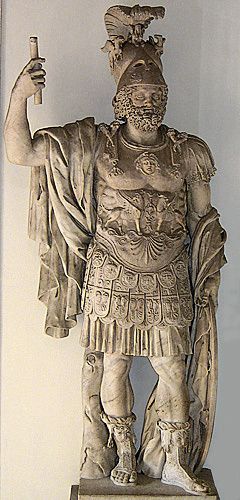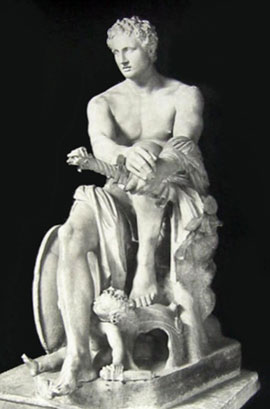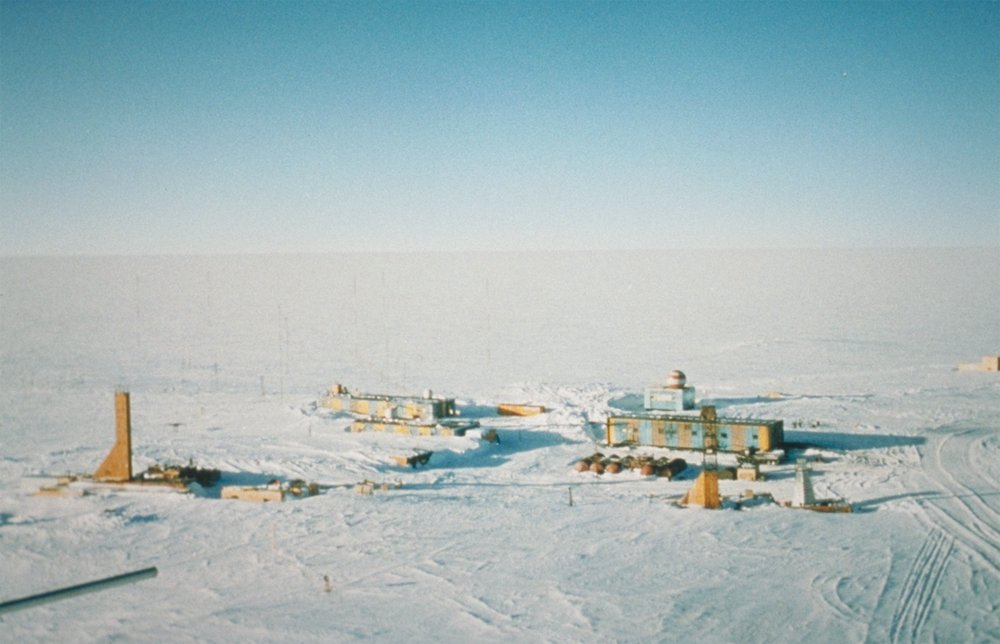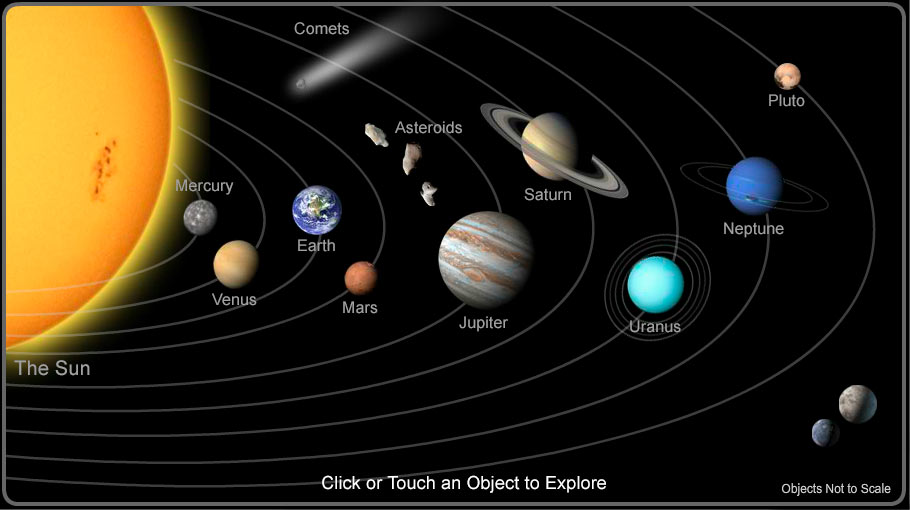MARS
Hello, and welcome to my epic blog. Today I'm going to talk about the planet . . . MARS!
Mars is the fourth planet from the sun and the second smallest planet in the Solar System. See it?
Here's a close up view of Mars:
It looks reddish, right? Mars is often called "The Red Planet" because iron minerals in the soil oxidize, or rust, giving the surface a reddish appearance. This reddish coloring reminded ancient Roman astronomers of blood. Therefore, they named the little planet after Mars, their god of war:
Side note: The ancient Greeks who also named the planet after their god of war, Ares:
Back to Mars, the planet.
Mars is a rocky planet. If you look closely at the surface, you'll see evidence of volcanoes and craters:
Mars has a cold, thin atmosphere, made up mostly of carbon dioxide (about 95%). It also contains small amounts nitrogen and argon.
Mars is much colder than Earth, mostly because it is so much further from the Sun. The average temperature is about minus 64 degrees F!
Side note: The coldest place on Earth is Vostok, Antarctica. The average winter temperature there is minus 75 degrees F. It's also where the coldest temperature ever on Earth was recorded - minus 128.56 degrees F!!!
Side note: The coldest place on Earth is Vostok, Antarctica. The average winter temperature there is minus 75 degrees F. It's also where the coldest temperature ever on Earth was recorded - minus 128.56 degrees F!!!
Like Earth, Mars experiences seasons due to the tilt of its rotational axis. These seasons are a lot more extreme than Earth's because of its oval-shaped orbit around the Sun. The atmosphere on Mars is a lot less dense than the atmosphere on Earth, but it can still support weather, clouds, and winds. Mars has many large dust storms, which can blanket the planet in red dust and can last for months.
Mars is covered with channels, valleys, and gullies. These suggest that water might have flowed over the surface of Mars in recent times. The atmosphere now is cold and thin, which means that liquid water cannot currently exist on the surface for any length of time.
In 2001, a probe launched by the United States found vast amounts of water ice beneath the surface of Mars. We're not sure if more water lies beneath.
While Earth has only one moon, Mars has two:
They are named Phobos and Deimos and were discovered by an American astronomer in 1877:
The moons are named after the sons of the Greek god Ares. "Phobos" means "fear," while "deimos" means "rout," or "expel by force."
Phobos and Deimos are made of carbon-rich rock mixed with ice. They are covered in dust and loose rocks. They're tiny compared to Earth's moon. As you can see, they're irregularly shaped. The surface of both moons show crater impacts. Scientists are not sure whether the moons are really asteroids that were captured by Mars' gravitational pull, or whether they were formed in orbit around Mars at the same time Mars came into existence.
NASA recently sent a rover named Curiosity to Mars. Curiosity is a six wheeled robot that is about the size of a car. This is no ordinary robot - Curiosity has parts that are meant to be similar to human parts. It has a "body," (a structure), "brains," (computers), temperature controls, "head," (cameras), and "limbs," (parts for mobility), among other things.
The first part of Curiosity's mission is to see if Mars ever could have supported microbes, which are small life forms. The second part is to see if people could survive on Mars some day.
Now . . . MY TOP FIVE INTERESTING FACTS FOR THE PLANET MARS!!!
5. Mars has seasons!
4. Mars has a solid terrain!
3. Mars contains dry ice!
2. Ancient Chinese astronomers called Mars "the fire star."
And my number one interesting fact about Mars is . . . . Among the planets in our Solar System, Mars is the top candidate for supporting human life!
Thanks for reading my blog!
The first part of Curiosity's mission is to see if Mars ever could have supported microbes, which are small life forms. The second part is to see if people could survive on Mars some day.
Now . . . MY TOP FIVE INTERESTING FACTS FOR THE PLANET MARS!!!
5. Mars has seasons!
4. Mars has a solid terrain!
3. Mars contains dry ice!
2. Ancient Chinese astronomers called Mars "the fire star."
And my number one interesting fact about Mars is . . . . Among the planets in our Solar System, Mars is the top candidate for supporting human life!
Thanks for reading my blog!











